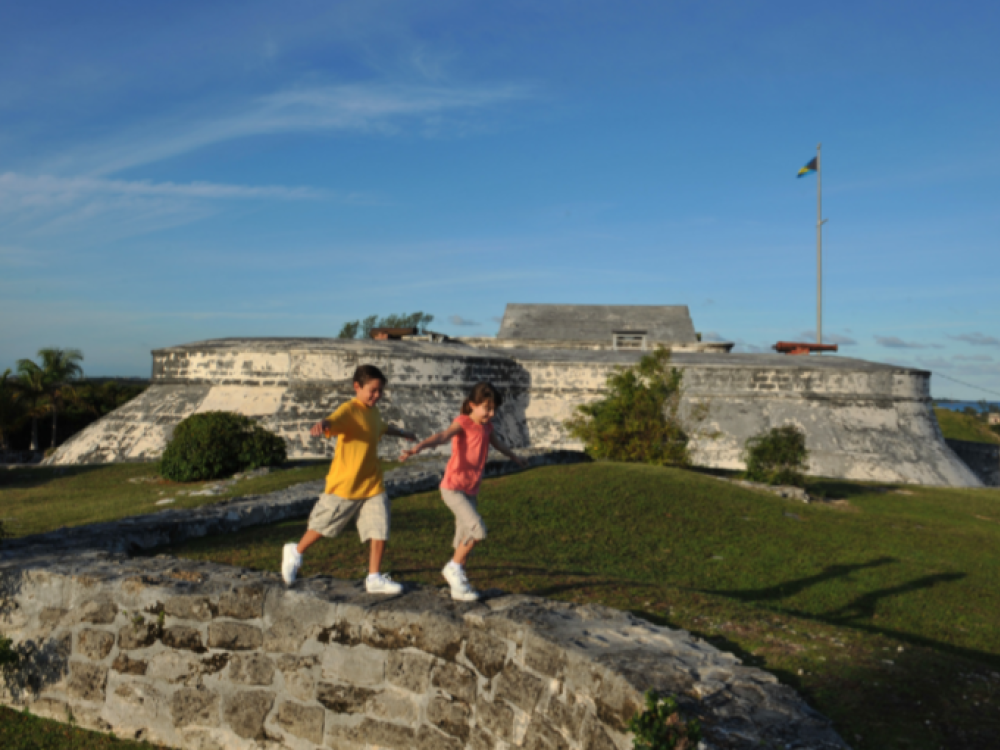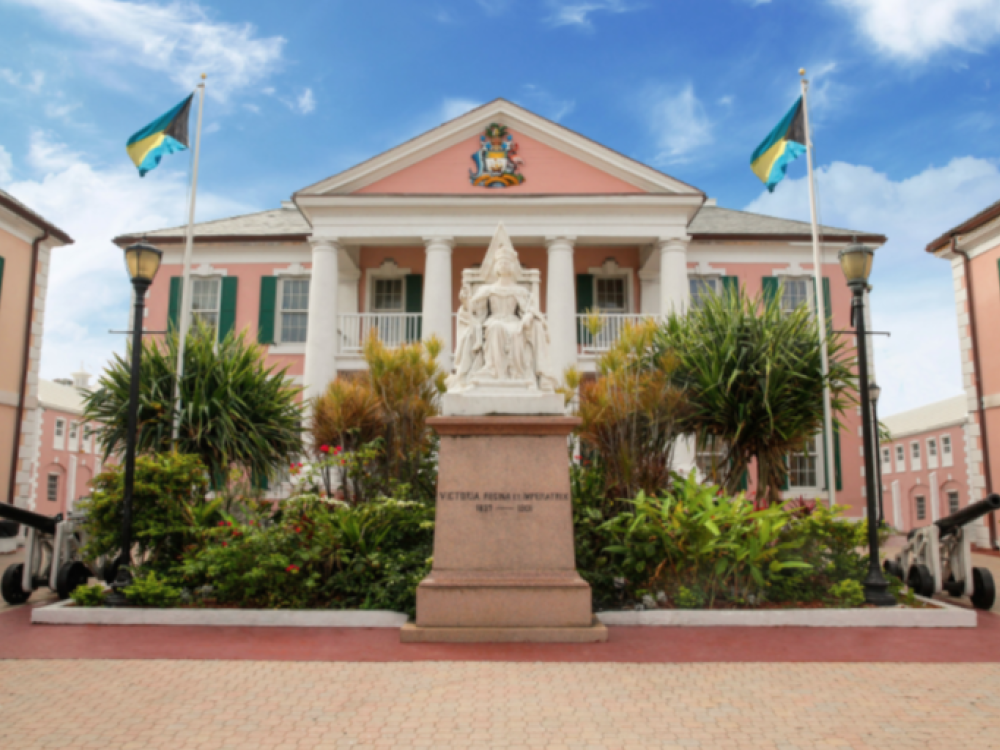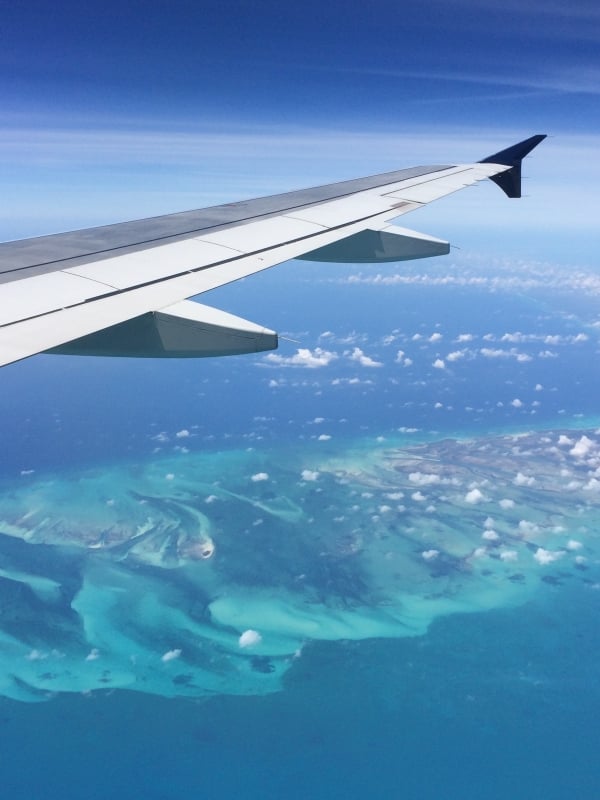10 Must-See Historical Sites in Nassau
Originally founded in 1670, the city of Nassau boasts a colorful and interesting history. Today, it’s a vibrant and exciting city to visit, full of friendly faces, great shopping and dining options, unique tours and activities, and – surprise! – tons of historical sites to explore.
To get a taste of the people and events that have influenced Nassau and the rest of The Bahamas, take a day or two out of your vacation to explore the city’s history. Check out our guide to the top 10 historical sites in Nassau Paradise Island.
Fort Charlotte
Built in 1789 by Bahamas governor Lord John Murray Dunmore, and named to honor the wife of King George III, Fort Charlotte is the largest of the three forts found in Nassau today. It’s located a short walk from downtown Nassau and features a waterless moat, a drawbridge, ramparts, and dungeons, making it a family-friendly site that’s fun for kids to explore. During the day, guided tours are offered. Be sure to check out the fantastic views of the island.
Fun Fact: Fort Charlotte was the first “pet project” of Lord Dunmore, intended to protect the western entrance to Nassau Harbour. While the fort was extensive and elaborate, it was also considered by experts to be poorly designed and was hugely overbudget, and came to be known as “Dunmore’s Folly”.
Fort Fincastle
Fort Fincastle was built in 1793 to help protect the city from pirates. Located atop Bennet’s Hill, the highest point on New Providence Island, it provided the best views of Nassau and Paradise Island as well as the eastern approaches to the islands. Another of Lord Dunmore’s projects, the fort was constructed in the shape of a paddle-wheel steamer. Today, it’s open to the public from 8:00 a.m. – 4:00 p.m.

Fun Fact: Fort Fincastle served as The Bahamas’ first lighthouse before one was built on Paradise Island (then known as Hog Island). However, the fort didn’t serve its intended purpose as protecting New Providence Island – its cannons were never fired!
Fort Montagu
Fort Montagu is the oldest fort in Nassau. The site dates back to 1725, although the present fort was built in 1741-42 to defend against Spanish invasion. Governor John Tinker was concerned that there was only one fort on New Providence and ordered the construction of Fort Montagu. Built using limestone, it featured 23 cannons and nearly 100 barrels of gunpowder. Free tours are conducted daily from 8:00 a.m.-3:00 p.m.

Fun Fact: In 1776, eight ships from the United States Marine Corps arrived at Fort Montagu to capture a large supply of gunpowder stored there by the British. Even though the gunpowder was not on site, the Bahamian militia retreated and the US Marines claimed Fort Montagu. It was the United States Marine Corps’ first successful mission.
Queen’s Staircase
In the late 1700s, The Bahamas became a target for European marauders seeking control of Caribbean islands. When Fort Fincastle was built at the top of Bennet’s Hill, a direct access route was needed to reach the fort quickly in case of attack. The 102-foot Queen’s Staircase was built by approximately 600 slaves, who worked for 16 years, using hand tools and pickaxes, to complete the task. Today, it’s one of Nassau’s most visited attractions and is free to climb (or descend!)

Fun Fact: The Queen’s Staircase didn’t get its name until decades later. It was named in honor of the 65-year reign of Queen Victoria, who had signed a declaration to abolish slavery on her ascension to the throne in 1837.
Christ Church Cathedral
Located in downtown Nassau, Christ Church Cathedral is known as the “mother church” of all the Anglican churches in The Bahamas and the Turks and Caicos islands. The current church building, opened for services in 1841, is still in use today. It’s built from locally quarried limestone blocks, which are held together primarily by their size and weight and by gravity rather than by cement. The Cathedral is open from Monday to Friday from 9:00 a.m.-5:00 p.m. as well as for regular church services.
Fun Fact: The stained-glass windows facing east were installed and dedicated in March 1949 and depict well-known scenes from the New Testament: Christ’s crucifixion, empty tomb, and ascension. The gardens surrounding the Cathedral contain several tombs dating back to 1760.
Parliament Square
The distinctive pastel-pink buildings of Parliament Square are synonymous with downtown Nassau. Built by British Loyalists in 1815, Parliament Square is a great example of the colonial architecture that was popular in Nassau in the early 19th century. On the right, you’ll see the House of Assembly, where parliamentary meetings are held. The Senate meets in the center building and the office of the Leader of the Opposition is located on the left. In front of the Senate building is a statue of Queen Victoria, built in 1905 using funds donated by the public.

Fun Fact: In the rear of the Senate building, you’ll find the Supreme Court, where judges and lawyers still dress in traditional British robes and elaborate white wigs.
Pompey Square
In 1830, a slave named Pompey led a revolt against slavery in The Bahamas, which was instrumental in the passing of the Emancipation Act in 1834. In 1992, the present-day Pompey Museum of Slavery and Emancipation was opened, named for this brave individual. Ironically, the museum is located in a site that was once a public market and slave auction lot. The museum is located adjacent to an area known as Pompey Square. Today, the square is a festive part of downtown Nassau where you’ll find plenty of dining, shopping, and entertainment.
Fun Fact: On Wednesdays and Fridays from 9:00 a.m.-5:00 p.m., check out Creative Nassau, an open-air marketplace in Pompey Square where you can shop for authentic Bahamian crafts and art.
The Cloister
The grounds of The Ocean Club, A Four Seasons Resort, Bahamas are stunning, but one of the most remarkable spots on the property has to be The Cloister! Located on Ocean Drive overlooking Nassau Harbour, The Cloister is what remains of a French monastery dating back to the 1300s. Built from stone, it’s one of only four such structures ever to be removed from French soil. Today, The Cloister is a popular spot for wedding ceremonies.

Fun Fact: The Cloister was originally bought and imported to the United States by wealthy newspaper mogul William Randolph Hearst. Later, they were purchased by Huntington Hartford and relocated to Paradise Island.
Nassau Public Library
You don’t need to be a bookworm to appreciate the Nassau Public Library! This octagonal structure is located at the southern end of Parliament Square, and it has a very colorful history. Built in 1797, it originally served as a jail and a workhouse for the poor. Nearly 100 years later, in the 1870s, it was converted into a library, complete with a reading room and a museum. Today it’s free to visit and is open every day except Sunday.
Fun Fact: If you ask the librarian nicely, you may be able to check out the creepy dungeon underneath the building. Even throughout the upper levels, you’ll see plenty of evidence that the building once housed a jail.
Blackbeard’s Tower
One of the most notorious pirates in history is the infamous Blackbeard, who spent a lot of his career in Nassau Paradise Island during the Golden Age of Piracy. Today, visitors can climb a cut-stone tower believed to have been used by Blackbeard himself as a lookout spot. Dating back to the early 1700s, the tower is located about five miles east of Fort Montagu and is free to visit, providing terrific views of New Providence.
Fun Fact: Don’t bother looking around Blackbeard’s Tower for buried treasure. The reality is very few, if any, pirates actually buried treasure. And much of Blackbeard’s booty would have been goods such as sugar and cocoa – easy enough to find at any grocery store!
Want to dive even deeper into the history of Nassau Paradise Island? Learn more about the history and culture of The Bahamas and discover the people and happenings that helped to shape our part of the world.




